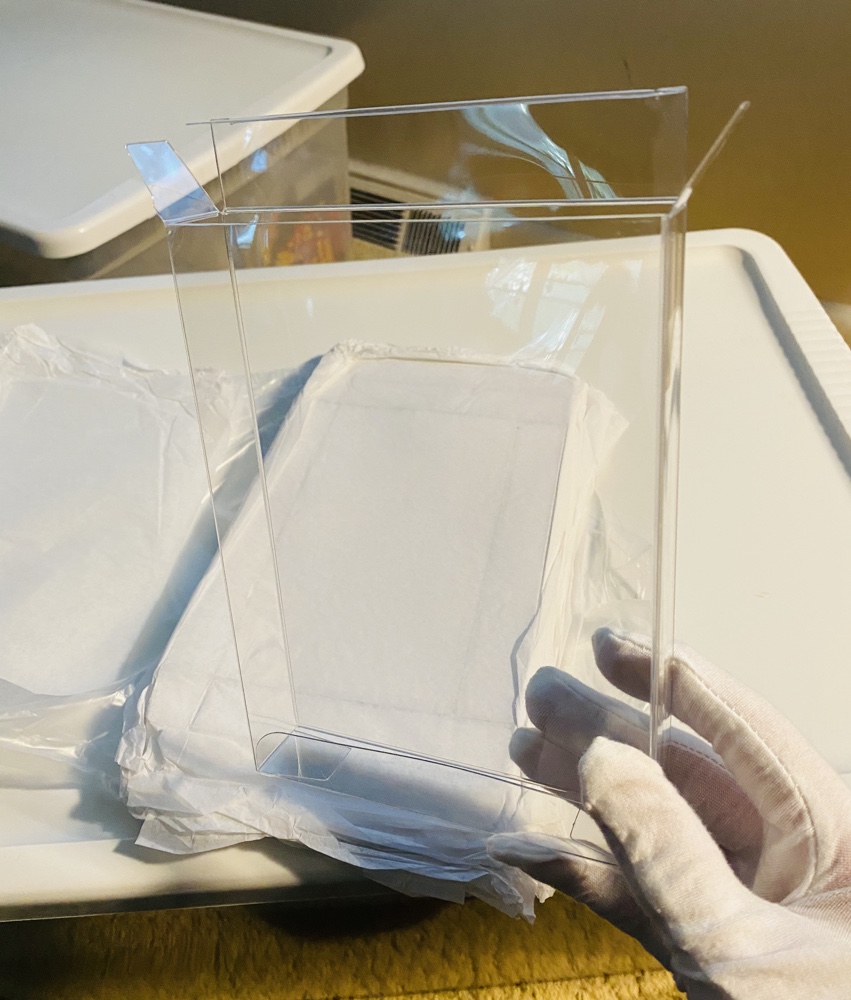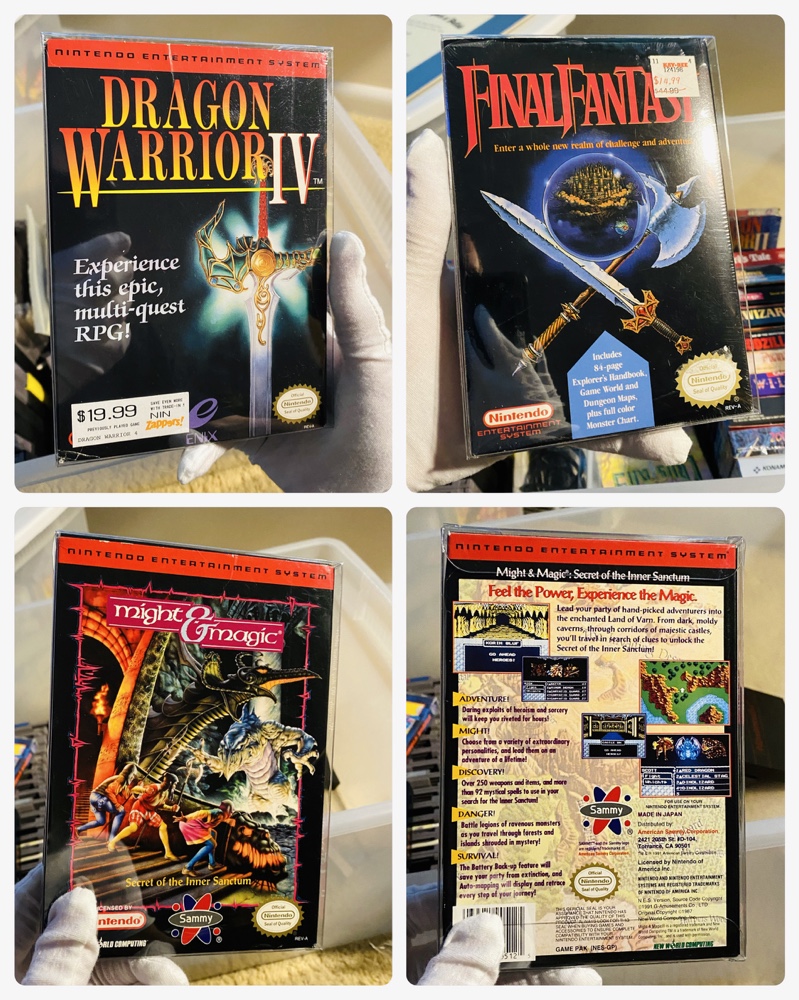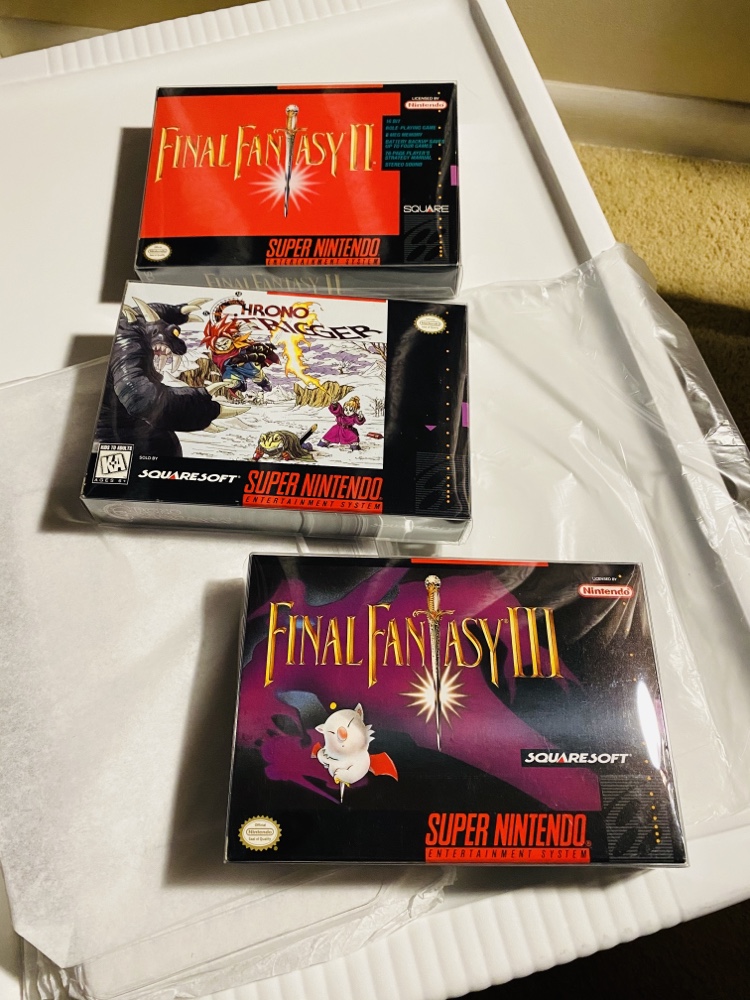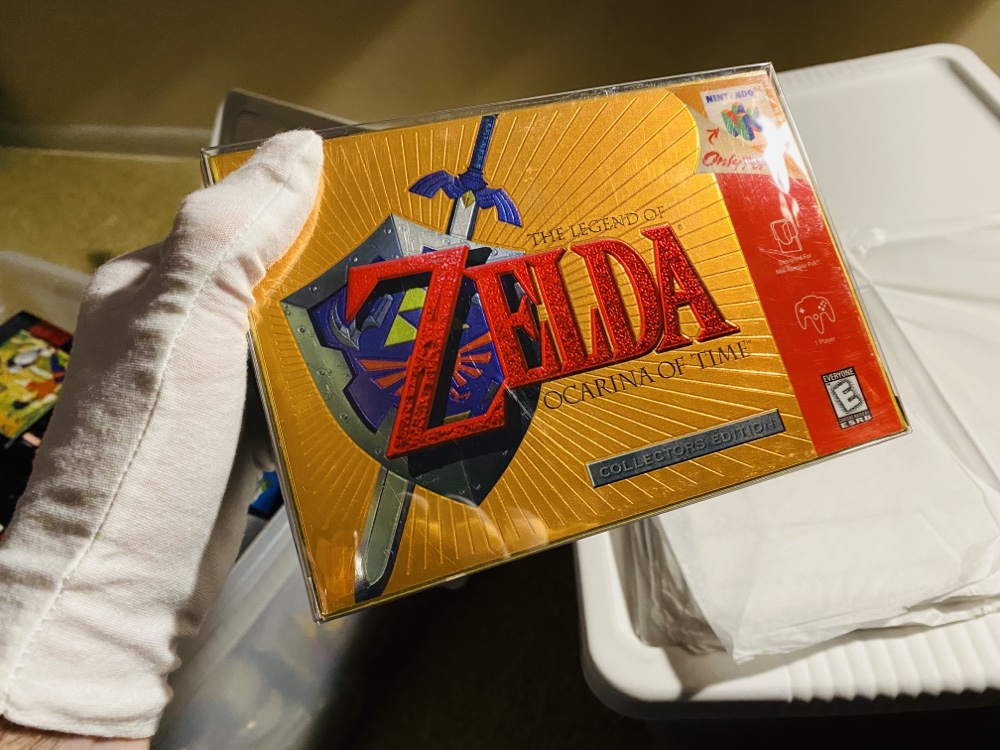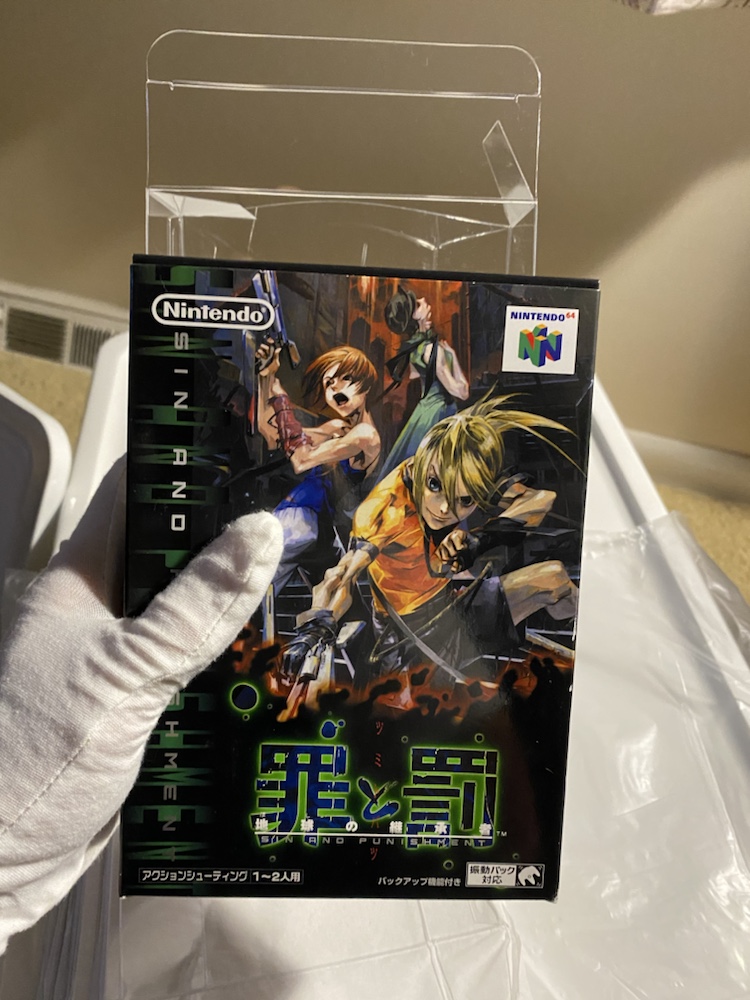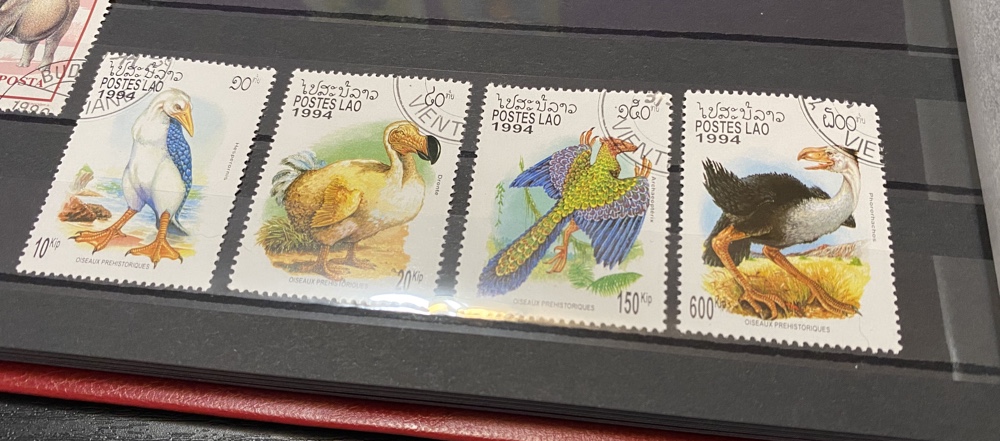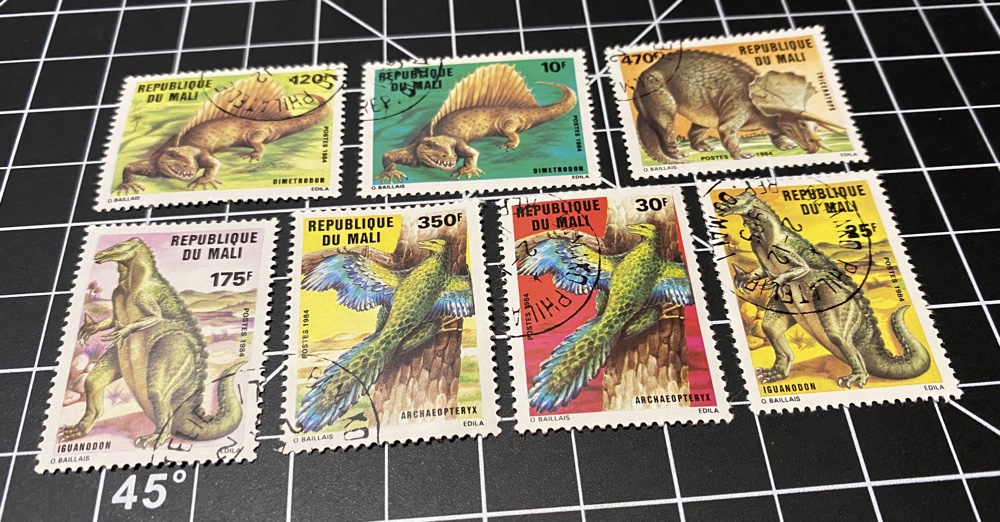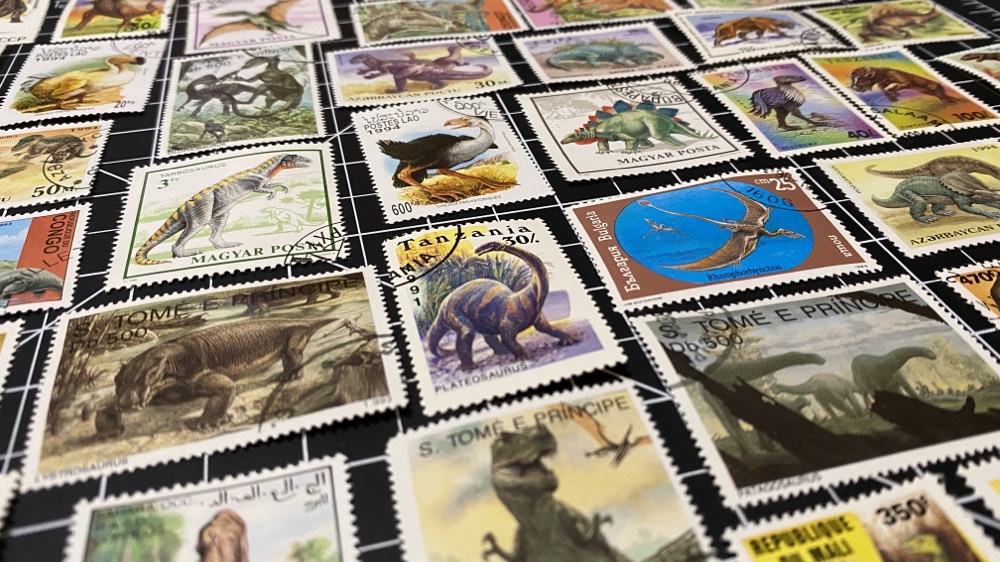Since the start of summer I’ve been watching a lot of Ultraman. This is because – to my delight – it’s finally all being released on Blu-Ray here in the USA. Naturally, I’ll buy and watch it all!
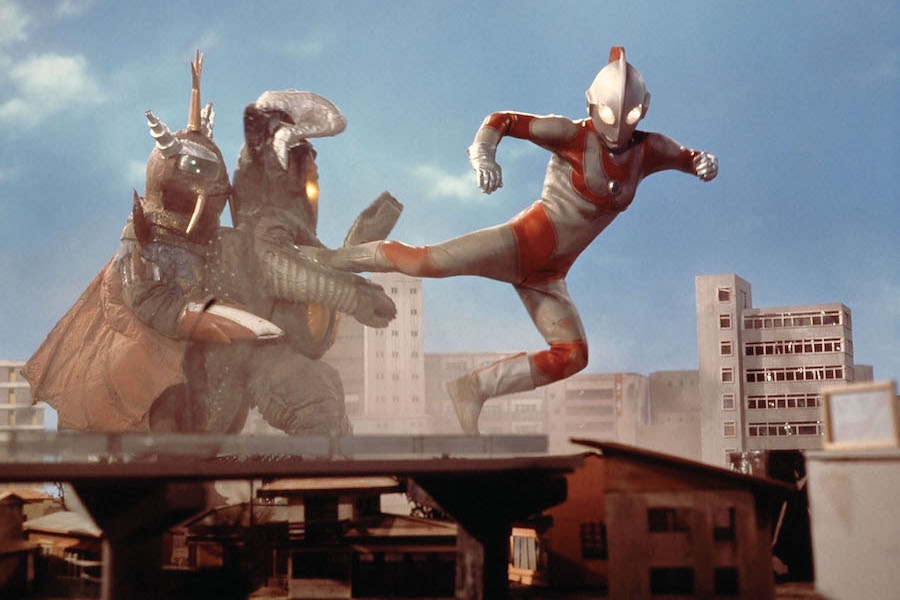
Return of Ultraman (1971, 51 episodes, 22 hours)
This was the third Ultra series, a followup from Ultraseven which had been such a success Tsuburaya somewhat reluctantly continued the show into a third series. This time a race car driver – Hideki Go – assumes the mantle of Ultraman Jack to save the world from the usual gallery of intergalactic, supernatural and extra dimensional threats.
It mostly follows the style set in the previous two series, with monster-of-the-week stories that are fun for kids but also very watchable by adults. Much of the success is the charm of Go himself, a very earnest hero that never quite manages to regain his humanity after being saved by Jack (when he dies). The show has some dark elements as well – a character is dragged behind a car to death! – as well as a horror ‘series’ of episodes that I bet thrilled Japanese kids in 1971!
I particularly loved the location episodes, which traveled all around Japan and gave me many ideas for future trips! The winter series that had characters running around in waist deep snow were mesmerizing!
Overall I really enjoyed this series. It wasn’t as good as Ultraseven (read my review here), but that’s an incredibly high bar and Return of Ultraman is still a great six-fi show.
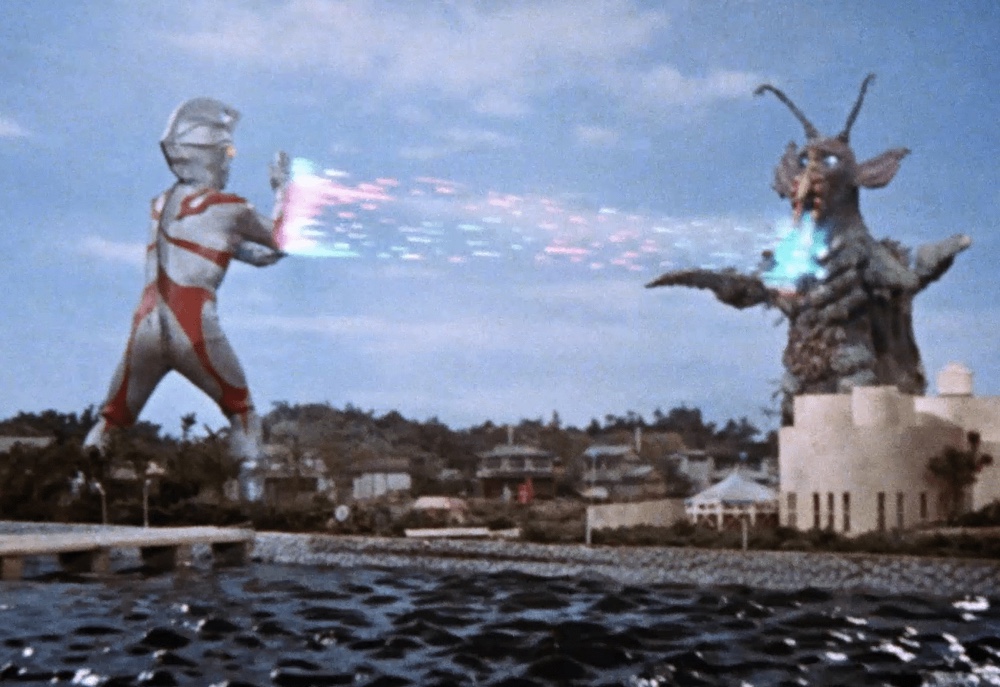
Ultraman Ace (1972, 52 episodes, 22 hours)
By this, the fourth Ultra series, Tsuburaya knew they were into a good thing and in Ultraman Ace they began to develop what we know call the Ultra Universe. There had been brief cameos before, but in this series the new Ultra was often joined by his ‘brothers’ (Ultraman, Seven, Jack and Zoffy) and even – in memorable episodes – his father. Together they fought to protect earth from a weekly parade of giant beasts and villains. And they talk! In previous series the Ultras were almost entirely silent but here the talk to each other and its clear there’s a history and society beyond their appearances on Earth.
The series in some ways is a step back from Return of Ultraman. Despite an interesting twist of two hosts for Ace, neither had the charm of any of the previous hosts. And the ‘terrible monsters’ featured in the show we’re at times a bit too bizarre to be credible. Ace however is a dextrous and dangerous Ultra, and the fights were both more acrobatic and violent than the previous years.
Toward the ends it gets a bit too childish and even starts to include blatant promotions for Ultra toys (which had become big sellers in Japan), and I found the end a let down after the great final episodes of previous series. The weakest of the early series that I have watched.

Ultraman X (2015, 22 episodes + movie, 13.5 hours)
Jumping forward forty-three years and we have the 27th Ultra series! Mill Creek is releasing them in an unusual order, but since the different series are only loosely connected it’s not a big problem. I hope they go back and release the 5th through 26th series, especially the one made in Australia in 1992 (Ultraman: Towards the Future)!
I’ve seen quite a lot of recent tokusatsu (‘men in rubber suits’) series and this one adheres fairly well to the formula: lightweight but fun stories with lots of posturing and flashy effects during combat. X is a ‘digital’ Ultraman who lives in (basically) a cellphone and his host fuses not just with him but also with ‘spark dolls’ and monster ‘trading cards’ to form all sorts of variant forms for X. Mid combat upgrades and form changes are common, and this is taken to the extreme in the movie where he fuses with no less than five other Ultras to create a super-version of himself.
Suffice to say it’s absolutely bonkers and I loved every second. It was such a joy to finally be able to watch a subtitled recent Ultra series, but this exceeded my wildest expectations.
The cast is great too. Ultra’s host is an earnest and likeable just-out-of-teenager who works for Earth defense alongside a tsundere young woman of indeterminate age (who naturally I liked) and who is assisted by a stupidly peppy scientist played by a real-life idol that is constantly talking about how cute the Ultras are.
There’s insane levels of product placement and I’m sure the trading cards and swords and spark dolls used in the show are the actual ones you could buy in Japanese toy stores when the show ran. Rather than repulse me it just made me want to go back to Japan and start scooping up all the Ultra merchandise I see. Damn pandemic…
An awesome series. Watch it!
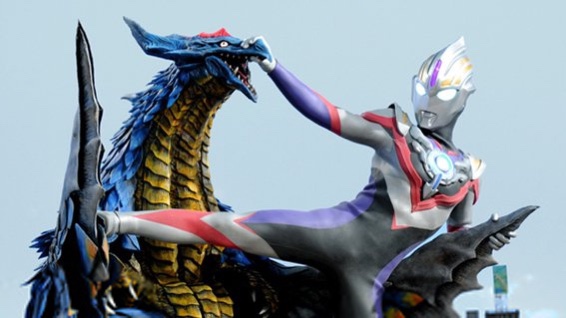
Ultraman Orb (25 episodes + spinoffs, 18 hours)
The 28th Ultra series is a doozy, and after watching I learned it’s one of the most beloved. It tells a mostly self-contained story of an Ultraman (Orb) who lost most of his powers and is stranded on earth with lost memories. His human form – Kurenai Gai – takes up with a sort of amateur X-Files group and usually ends up saving them from the usual rogues gallery.
At the same time his alien nemesis – Jugglus Juggler (yes you read that correctly) – is making things very difficult for him. A girl is involved, secrets are revealed and powers restored and it all comes to an extremely satisfying conclusion.
As I implied this is a monstrously good Ultra series. The three main characters (Gai, Juggler and Naomi) are all extremely likable and it’s remarkably well written for a tokusatsu merchandise vehicle! The effects – especially the CGI – are even better than in X and every time Orb learns a new form the reveal is magnificent. I loved this show!
Unfortunately the same can not be said for Ultraman Orb Origin Saga which tells the backstory of Gai and Juggler before they came to Earth. It’s not at all bad, but they aren’t yet the characters we loved in Orb and not as interesting.
The two movies though are great, especially Ultra Fight Orb that features some insane centuries-long training in a slow-time room so Orb can gain power to defeat the big bad. An idea stolen from Dragonball of course, but it works well.
Overall Orb is a truly great series, and I’m not surprised they brought Juggler back in the current (2020) Ultra series…
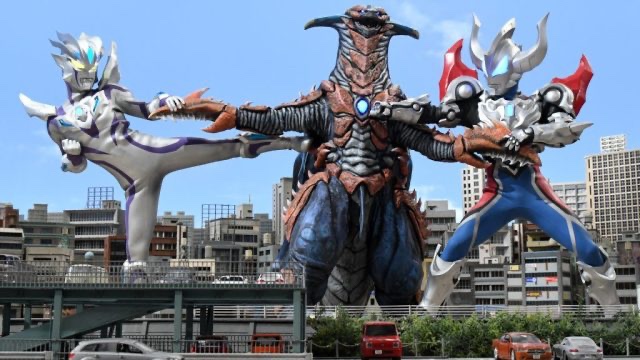
Over 75 hours of Ultraman so far (not including the 70+ hours I’ve watched during the last several years of the first three Ultra series) and I’m still going strong! I’m already six episodes into Ultraman Geed, have Ultraman Ginga arriving in the mail any day now and Ultraman R/B is released next month. Not to mention the new version of Ultra Q that is sitting next to me waiting to be watched, and the ‘coming soon’ second season of the (fantastic) Netflix animated Ultraman series!
I just hope they release it all before physical media dies completely! I can’t wait to have a bookshelf with over a thousand hours of Ultraman…

